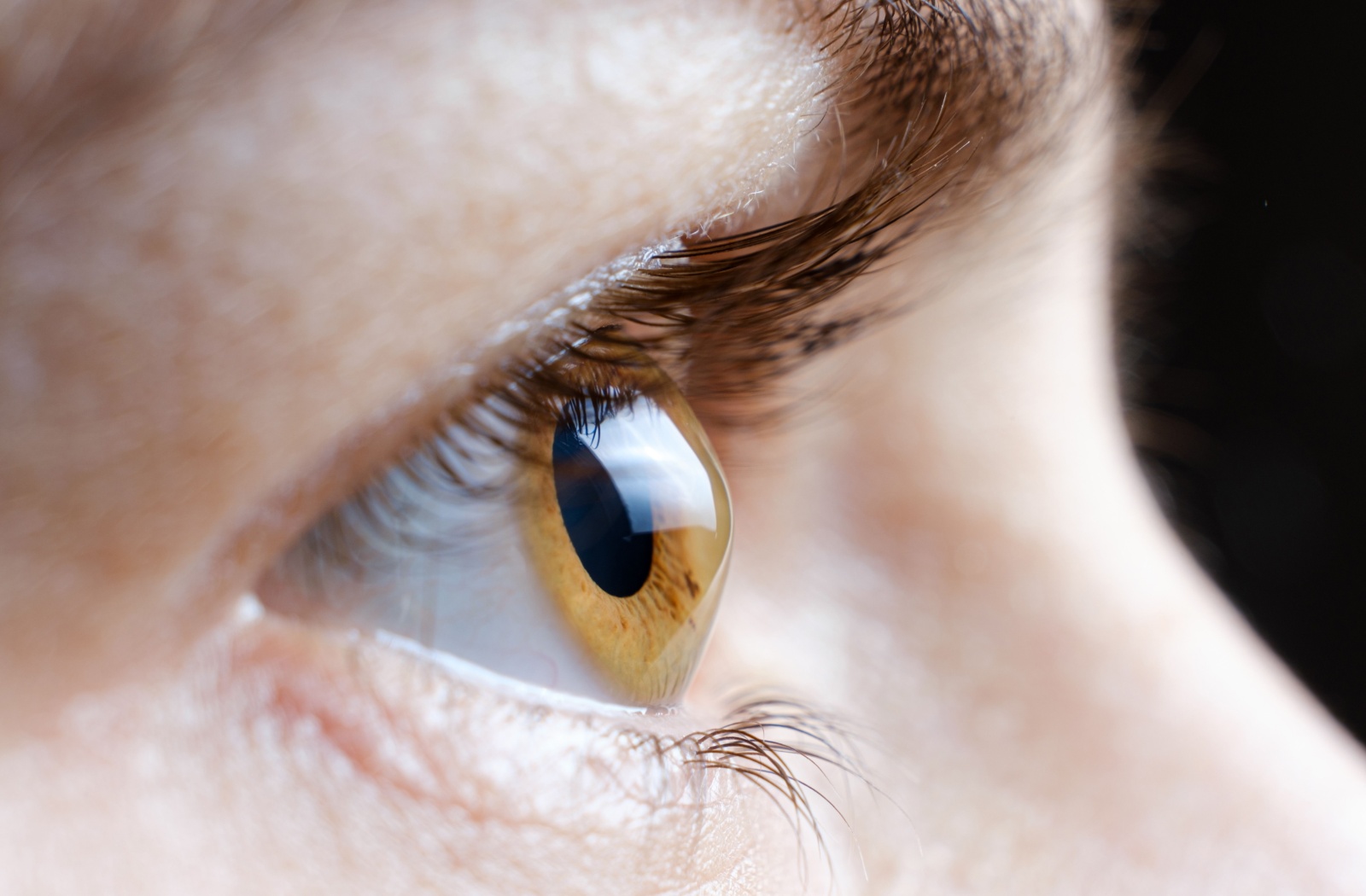All Categories
Featured
Prolonged direct exposure to ultraviolet (UV) rays can lead to different eye conditions, some of which might result in long-term damages or vision loss. Whether you're outdoors on a sunny coastline or taking a stroll on a cloudy day, comprehending how UV rays affect your eyes and discovering exactly how to shield them is vital for keeping healthy vision.
What Are UV Rays and Exactly How Do They Effect the Eyes? UV rays are a type of invisible radiation produced by the sunlight. There are three kinds of UV rays:
UVA Rays: These pass through deeply right into the skin and eyes, adding to lasting damage. UVB Rays: These are much more intense and can create surface-level harm, such as sunburn or corneal damages. UVC Rays: These are one of the most hazardous but are soaked up by the Planet's ambience and hardly ever present a direct threat. Both UVA and UVB rays can damage various parts of the eye, including the cornea, lens, and retina.
Short-Term Results of UV Direct Exposure. Also a brief duration of extreme UV exposure can harm your eyes. A typical condition resulting from this is photokeratitis, usually described as "sunburn of the eye." Symptoms include:
Unpleasant or red eyes. Level of sensitivity to light. Too much tearing. Temporary fuzzy vision. Photokeratitis is usually short-lived however serves as a pointer of the immediate threats of UV radiation.
Long-Term Results of UV Exposure. Cumulative UV exposure with time can lead to several serious eye conditions, consisting of:

Cataracts: UV rays increase the development of cataracts, a condition where the lens of the eye ends up being cloudy, leading to vision problems. Cataracts are a leading source of loss of sight worldwide.
Macular Degeneration: The macula, a component of the retina liable for central vision, can be harmed by extended UV direct exposure, raising the danger of age-related macular degeneration (AMD)
Pterygium: Commonly called "surfer's eye," this problem entails a development of cells on the white component of the eye, which can cross the cornea and harm vision.
Pinguecula: UV exposure can trigger yellow-colored spots to base on the conjunctiva, resulting in irritability and discomfort.
Skin Cancer Around the Eyes: The fragile skin surrounding the eyes is very prone to UV radiation, raising the danger of basic and squamous cell cancer.
Protecting Your Eyes from UV Damage. The bright side is that shielding your eyes from UV radiation is basic and effective. Below are some vital pointers:
Wear UV-Blocking Sunglasses. Pick sunglasses that obstruct 100% of UVA and UVB rays. Look for tags indicating "UV 400" security. Wrap-around styles give extra coverage, stopping UV rays from entering from the sides.
Make Use Of a Wide-Brimmed Hat. A hat with a wide brim can obstruct almost 50% of UV rays, offering added security for your eyes and the delicate skin around them.
Prevent Height Sun Hours. UV rays are greatest in between 10 a.m. and 4 p.m. Lessen your exterior direct exposure during these hours, or guarantee you're appropriately secured if you require to be outside.
Shield Your Eyes Year-Round. UV rays exist year-round, even on over cast or snowy days. Snow, sand, and water can show UV rays, magnifying their effects. Make sunglasses a component of your daily routine, regardless of the season.
Take Into Consideration UV-Blocking Call Lenses. Several contact lenses now offer UV protection, which can be an added protect when coupled with sunglasses.
Urge Eye Defense for Children. Kid's eyes are more vulnerable to UV damages since their lenses are clearer, allowing more UV light to get to the retina. Guarantee they use sunglasses and hats when playing outdoors.
Set Up Regular Eye Exams. Normal visits to an eye care professional are vital for checking your eye wellness. An eye doctor can identify early indications of UV-related damage and advise solutions, such as prescription sunglasses or UV-blocking glasses customized to your needs.
Final thought. UV rays may be undetectable, but their impact on your eye health and wellness is very actual. From temporary discomfort to long-term problems like cataracts and macular degeneration, the dangers of UV direct exposure are as well significant to neglect. By wearing UV-blocking sunglasses, limiting your exposure during optimal hours, and organizing regular eye exams, you can shield your vision and enjoy the outdoors safely. Remember, your eyes are one of your most valuable properties-- take the necessary actions to protect them from hazardous UV rays today.
Latest Posts
Premium Firewood: A Perfect Option for Cozy Nights
Safeguard Your Roof Covering from Hail Damages with Aabel Roof Covering
Local Auto Repair Shop Find Today! at MO